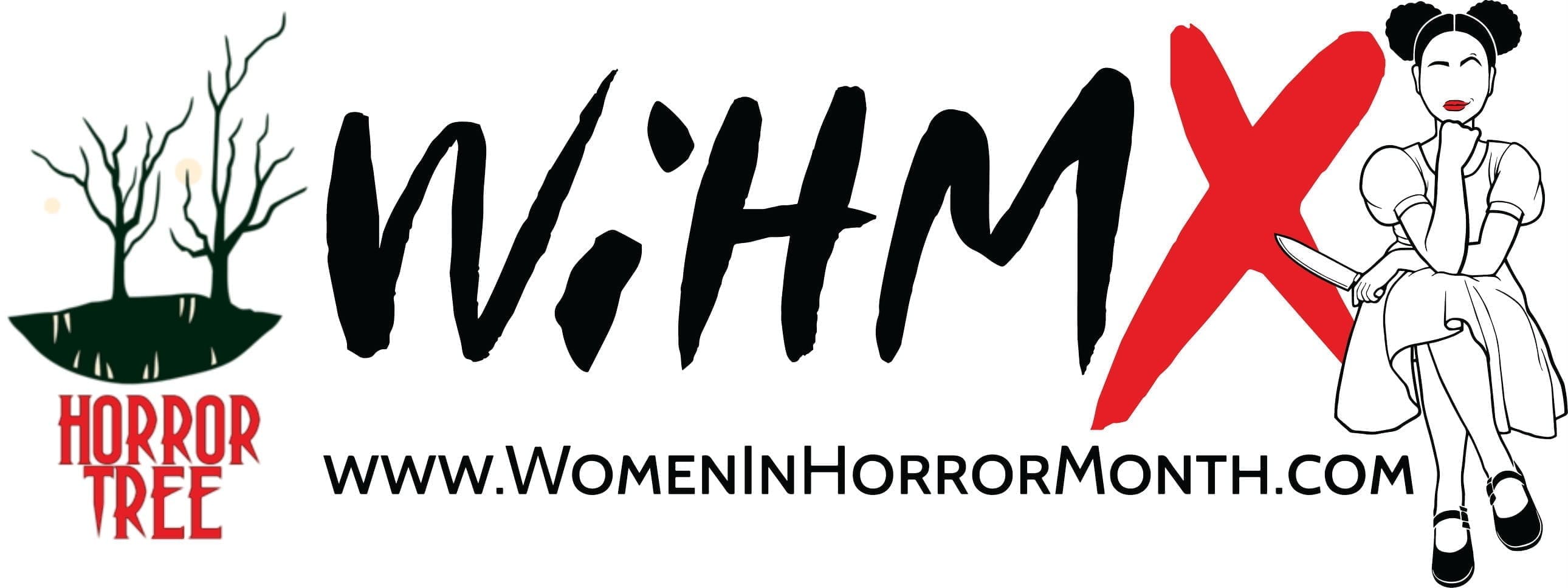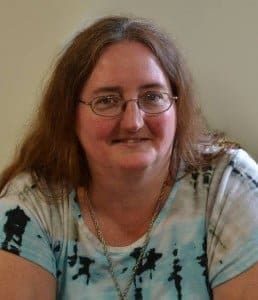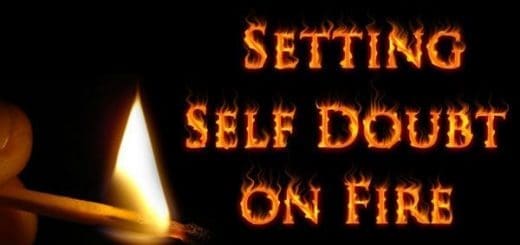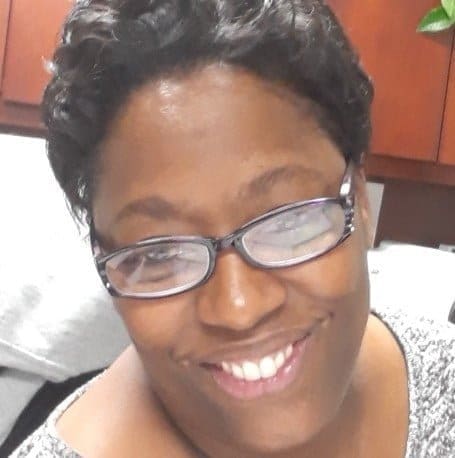WIHM: Digging Up My Writing Roots

Digging Up My Writing Roots
By: Pamela Morris
Over the past few years, I’ve been reading more novels by women horror authors. I’m not talking about modern writers, but the ladies at the root of it, women you may have never heard of like Ann Radcliffe, Charlotte Riddall, and Clara Reeve. These ladies are my Gothic Horror grandmothers and I love studying their work.
In our modern times, the works of these women may no longer be considered scary, but that’s not the point of reading them. For me it’s like looking through a book of family genealogy. I want to learn where these women came from and what they did. What made them and their stories memorable? How can I apply that to my own work as a female horror writer?
There was once a designated difference between books that contained Horror and those considered Terror. Works of Terror were mainly written by men. These ran along the lines of physical displays of the grotesque. They were far more violent and contained greater elements of torture, murder, death, and sexuality. Horror, as it was known then, fell mostly in the hands of women. It was more emotion-based with dark and moody settings meant to increase the tension in a more subtle and mysterious way. Things aren’t always as they appear to be in traditional Gothic novels and you find yourself quite often asking, “What’s really going on here?” Is there really a ghost or is it something much darker and more nefarious?
As a modern woman and lover of the Horror genre, these differences make perfect sense to me. I feel like I’ve climbed onto a chair and am helping Grandma in the kitchen. She has important recipes to teach. I’ve learned the basics and as I become more experienced, I’m turning those recipes around to make them my own.
Ann Radcliffe is praised for her depictions of remote and desolate landscapes, making the setting a character in and of itself. Clara Reeve kept her characters firmly grounded in realism, as opposed to the male Gothic writers who frequently turned towards more paranormal elements. Charlotte Riddall was the author of fifty-six novels and part owner of St. James Magazine in London. As a business owner herself, Riddall empowered her female leads by placing them outside the standard roles of helpless wife or innocent victim as she sought to empower her largely female readership.
By searching for my writing roots deep in the past, my work has begun to morph for the better. These Gothic grandmothers have a lot to offer. Their recipe books have made me more aware of incorporating subtle moods and atmospheres, feelings, a growing sense of mystery, and female empowerment into my own writing. Like any Horror writer, I want to scare you and keep you awake at night, but certainly not always with gore, sex, and torture.
The world needs more Horror and less Terror. It’s already violent enough and though an occasional axe to the head is all well and good, but I find it much creepier and more satisfying as a student of Gothic Horror to plant those seeds and follow those recipes given to me by the likes of great grandma Radcliffe. I’m eager to read and learn more from those pioneering woman of Horror, my ancestors, and the planters of and my writing roots.
Pamela Morris

Raised in the Finger Lakes region of Upstate New York, but forever longing for the white sands of her birthplace in New Mexico, Pamela has always loved mysteries and the macabre. She is the author of five Horror novels including Dark Hollow Road, No Rest For The Wicked and an on-going series known as The Barnesville Chronicles. Her current projects include books four and five of the Chronicles and a Texas Gothic Horror novel.
Twitter: @pamelamorris65
Facebook: https://www.facebook.com/PamelaMorrisBooks/
Official Website: pamelamorrisbooks.com
- About the Author
- Latest Posts
The Horror Tree is a resource for horror authors which was created in 2011. The main goal when starting the site was to include all of the latest horror anthologies and publishers that are taking paying submissions. A resource useful for both new and experienced publishers alike looking for an outlet for their written material!












